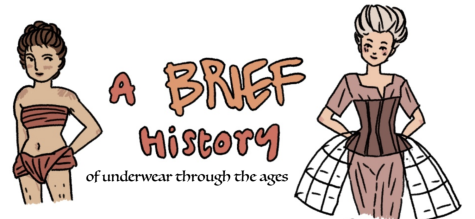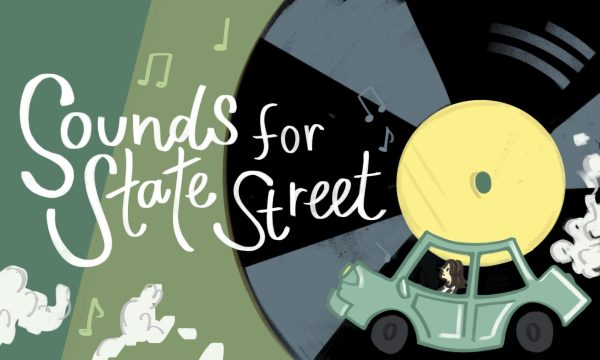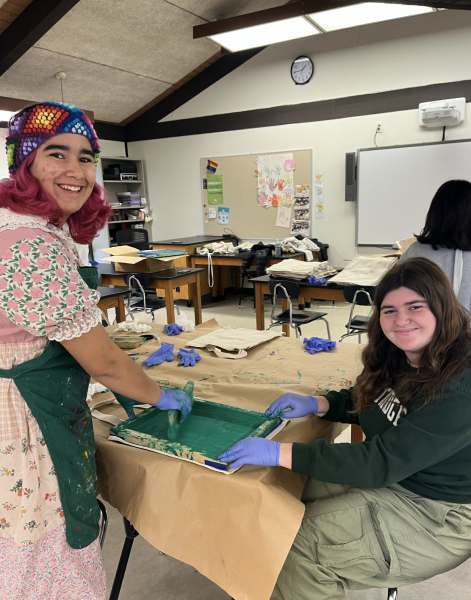The Backstory: Some Fangtastic Suggestions for Warding Off Vampires, Brought to You By Classic European Literature
The Backstory is a column celebrating fun and forgotten history!
The Backstory is a column celebrating fun and forgotten history!
Spooky Season comes with some very serious concerns (how early is too early to decorate? Will there be enough Reese’s peanut butter cups left over by the time I get to the grocery store?) and some not-so-serious concerns, among them dealing with the hordes of bloodthirsty vampires who will inevitably be staking out victims on Halloween night. If you’re wondering what to do about the undead, don’t worry; b-positive! I sunk my teeth into the origins of vampire lore to find solutions that don’t suck.
The first mentions of vampire-like creatures–a longstanding tradition of European folklore– actually appear in (supposedly) nonfiction Medieval history books, which describe instances of vampire sightings and handy tips for keeping them away. LIKE, WHAT???
Some scholars speculate that the dark, deadly creatures were allegories for the hardships of Medieval life. It’s also been theorized that the vampire myth was a supernatural interpretation of a natural disease–the (fictitious) symptoms of vampirism are closely aligned with the very real traits of rabies. Both conditions are transmitted through biting, vampires are almost always male, and rabies affects men at seven times the rate it affects women. Additionally, rabies leads to an aversion to strong smells such as garlic, the herb known universally as an anti-vampire agent. Rabies can also cause insomnia, leading the afflicted to lurk at night–just like vampires. In fact, some of the first mentions of vampire lore arose in 1720s Hungary and coincided with a major rabies epidemic in the region.
These proto-vampires of the early modern world took the form of revenants, reanimated corpses who left the grave to hang out with living relatives. Humans, naturally, got freaked out at the sight of their undead relations and shooed them away, which only aggravated the revenants and made them all the more aggressive in their attacks. A few techniques were employed to disincentivize visits from the dead: In one case, a bishop wrote a friendly letter politely requesting the creatures stay away from him and, miraculously, got left alone. In less fortunate instances, revenant removal required more desperate measures, including mutilating bodies and shoving bricks in the mouths of corpses to prevent them from rising from the dead to bite people. Lugging bricks through town must have been a pain in the neck, but it was worthwhile, in the Medieval mind, to prevent an even more problematic pain in the neck.
The bloodthirsty 15th-century Romanian ruler Vlad the Impaler is widely regarded as the OG vampire and the inspiration for Bram Stoker’s legendary Dracula, but revenants were a hallmark of European mythology for centuries before Vlad came around. They first took on a more polished appearance in romantic literature, where the name “vampire” (spelled “vampyre” in ye olden days) was first used. The 19th-century poet John Stagg’s very originally-titled work, “The Vampyre,” follows the story of a would-be vampire called Herman whose blood has been drained by an undead friend, Sigismund. As he lays dying, Herman confesses to his wife, Gertrude, his fear that he’ll follow down the same path as his blood-sucking buddy and come back to haunt her, too. The poem’s rhyme and generous use of exclamation points makes Herman seem thrilled about the prospect (“But, O my Gertrude! dearest wife!/The keenest pangs hath last remain’d…thy blood by Herman shall be drain’d!”), but in Gertrude’s case, at least, vampirism wasn’t love at first bite. As she happily drives a stake through the corpses of both her husband and Sigismund, their superpowers miraculously disappear, and Gertrude goes on with her mortal life.
The first true modern vampire– the aristocratic, brooding, cloak-wearing inspiration behind such classics as Dracula and Edward from Twilight— was the title character of John William Polidori’s 1819 short story called– you guessed it– “The Vampyre.” The Vampyre’s vampire, AKA Lord Ruthven, lives many surprisingly successful lives seducing women and sucking their blood on his travels around the European continent. Legend has it that Polidori, a doctor by trade, was inspired to write his hit story on the same dark and stormy night that his patient, the infamous poet Lord Byron, challenged a group of friends (among them Mary Shelley, who published Frankenstein shortly after) to write the spookiest ghost story they could come up with.
Byron, the not-so-subtle inspiration behind Polidori’s Ruthven, was decidedly vampirical in his own right. Born in 1788, George Gordon Byron inherited his royal title as a ten-year-old, took a pet bear to school because Trinity College didn’t allow dogs, collected human skulls as flower pots and drinking cups, and insisted that his collection of exotic pets– including horses, monkeys, peacocks, goats, badgers, foxes, and birds of prey– were reincarnated human souls. Picture a vampire, and you’ve got Byron — although I think the best tactic for warding him off might involve taking up residence in a non-pet-friendly apartment building. After prompting some of the most influential vampire tales of all time, he’s now remembered as something of a vampire himself. Isn’t it… Byronic?
Author’s Note: Many of the facts and figures in this article were sourced from the “Vampires In Gothic Literature” episode of the BBC’s You’re Dead to Me podcast. If you want to learn more about vampire myth and literature, it’s a fun (but pretty graphic) listen.

Ilena is passionate about stories— especially histories— good snacks, and bad puns. She has been on Spyglass for a very long time. Ilena is a senior.

![Many students at Westridge recognize the benefits of rewriting, but do it ultimately for a better grade. [When I revise] I get to make those changes and like, obviously, get a better grade, but also because Im learning more things, said Avin M. 27.](https://westridgespyglass.org/wp-content/uploads/2024/05/ElizaK-Rewrite-Policies-1200x750.jpg)


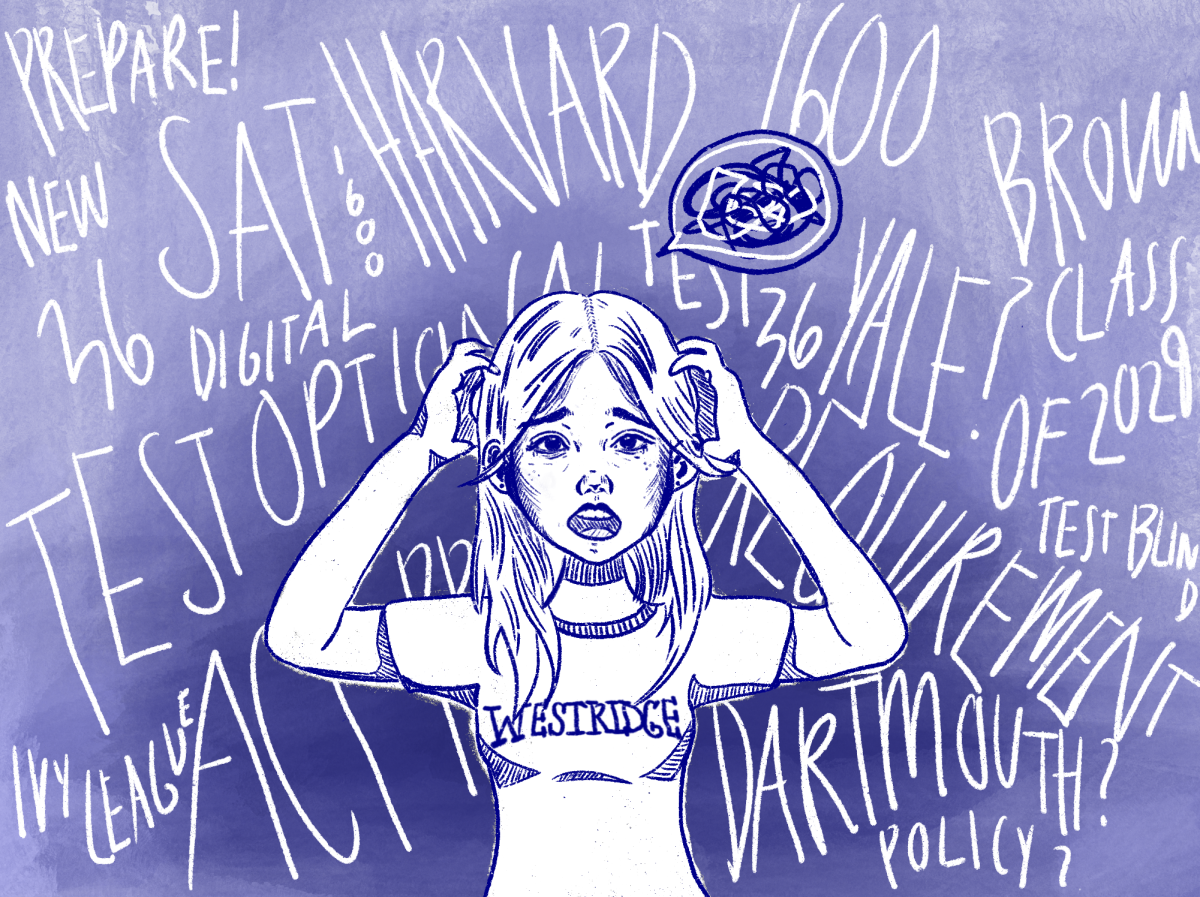
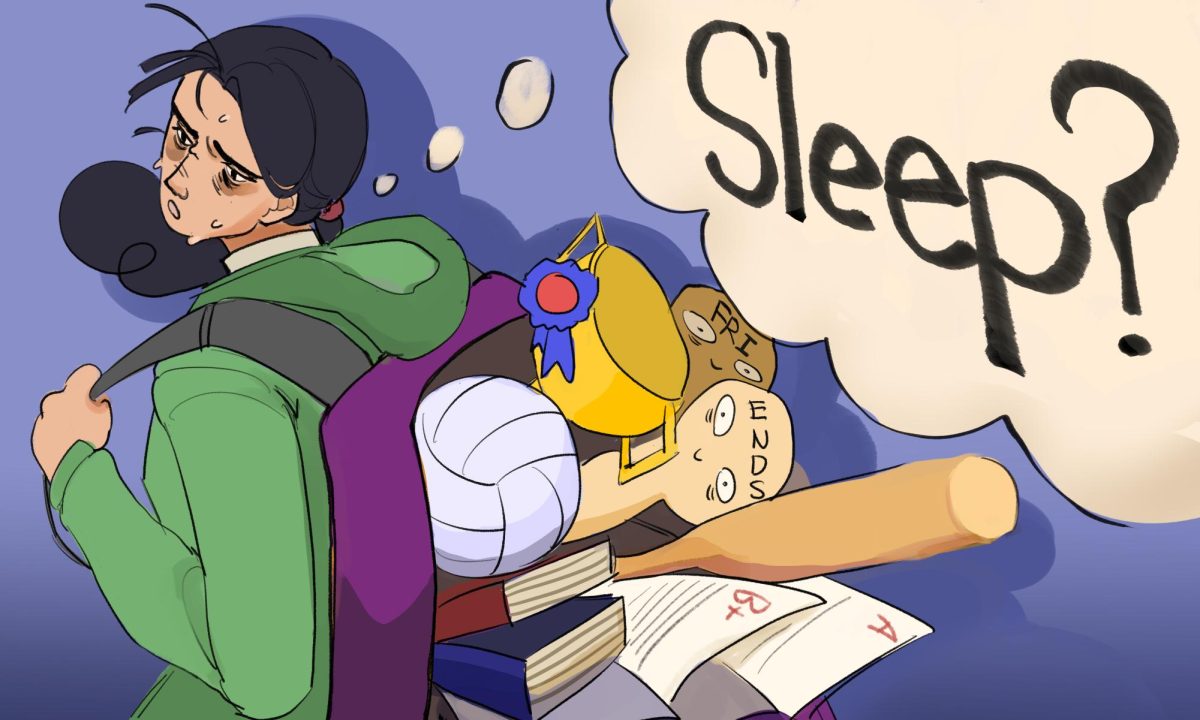
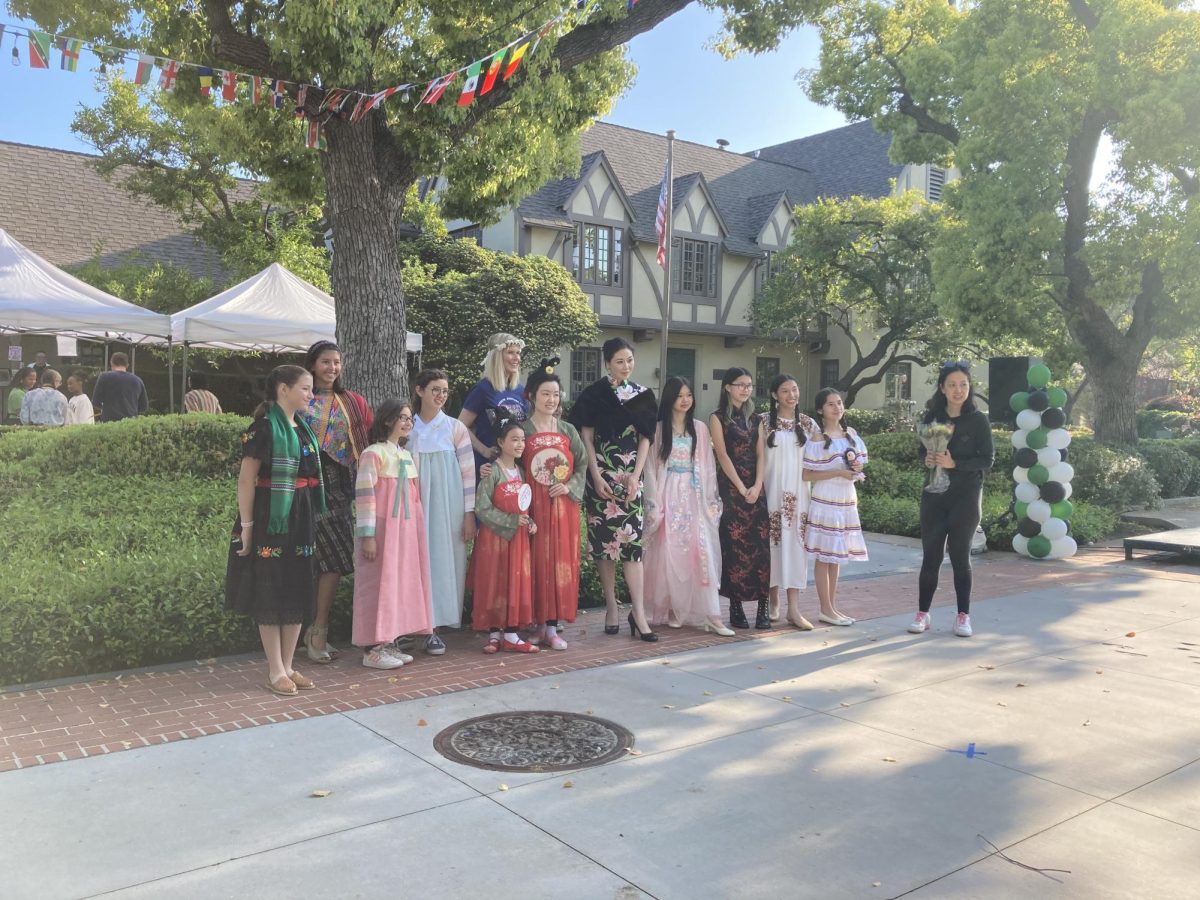



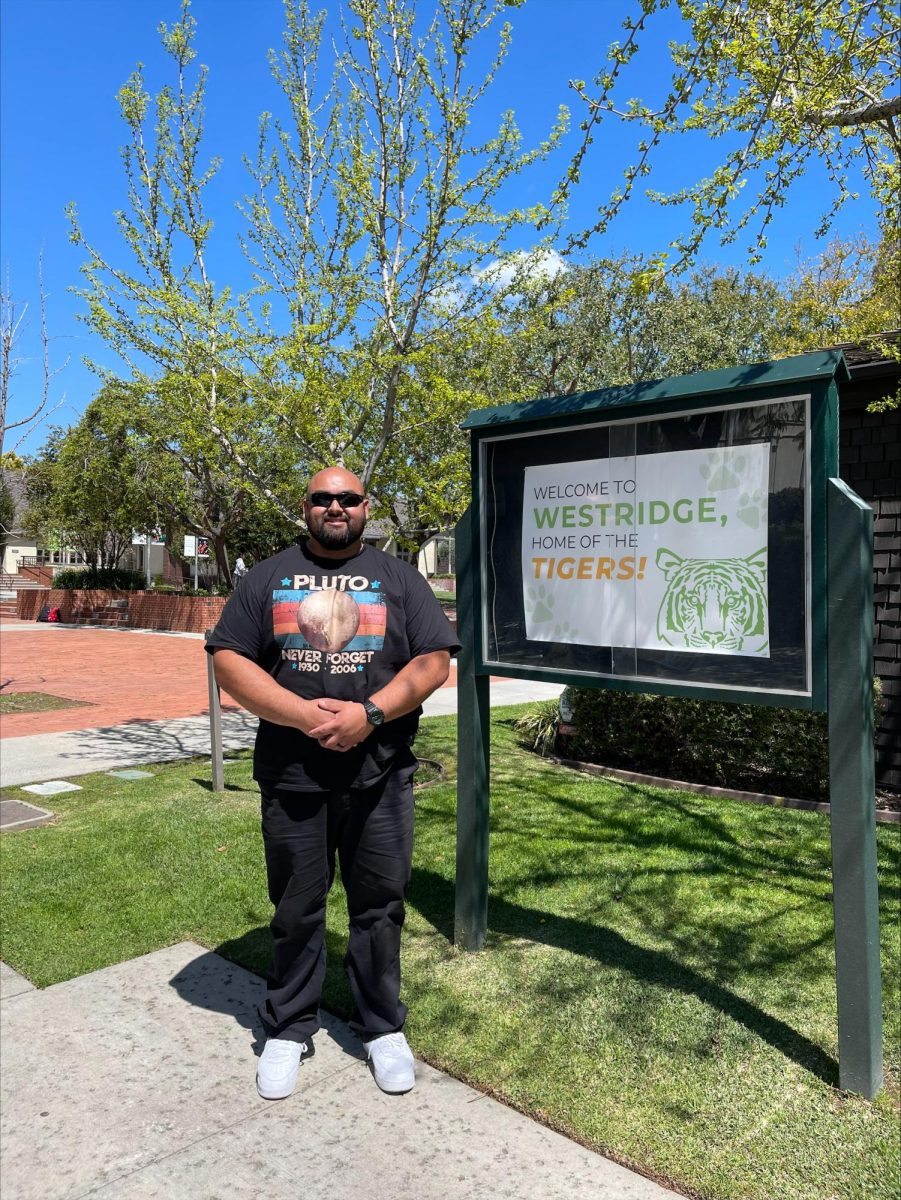








![[TTPD] has the more story-like poetic lyrics of folklore/evermore with her classic pop instrumental and production, so it feels very “her” to me. Like a culmination of everything she’s done to get to where she is now, comments Eliza L. 25](https://westridgespyglass.org/wp-content/uploads/2024/05/19swift-arrival-qfgw-articleLarge.jpg.webp)





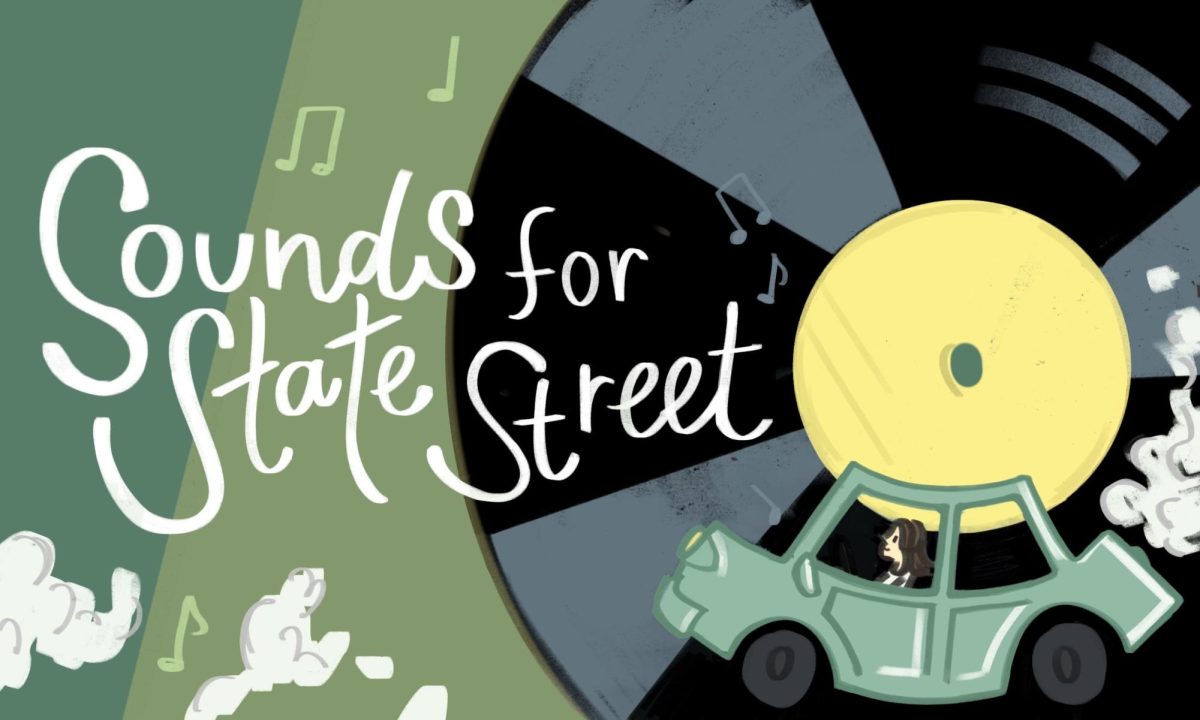






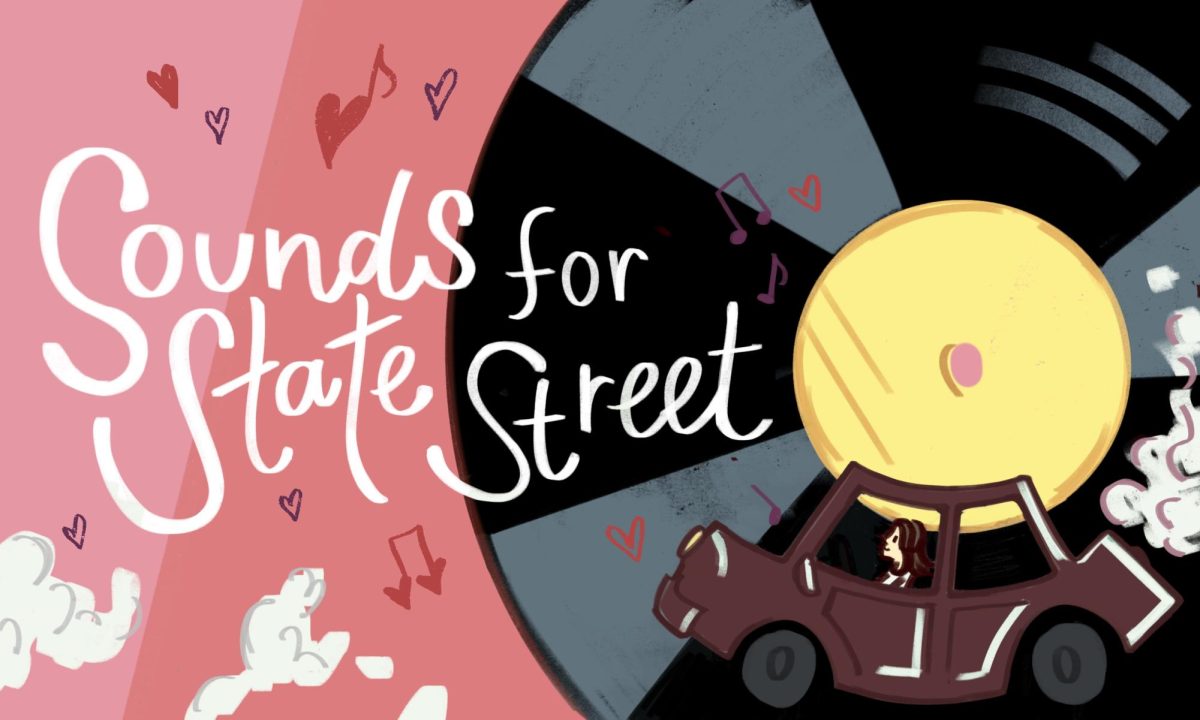
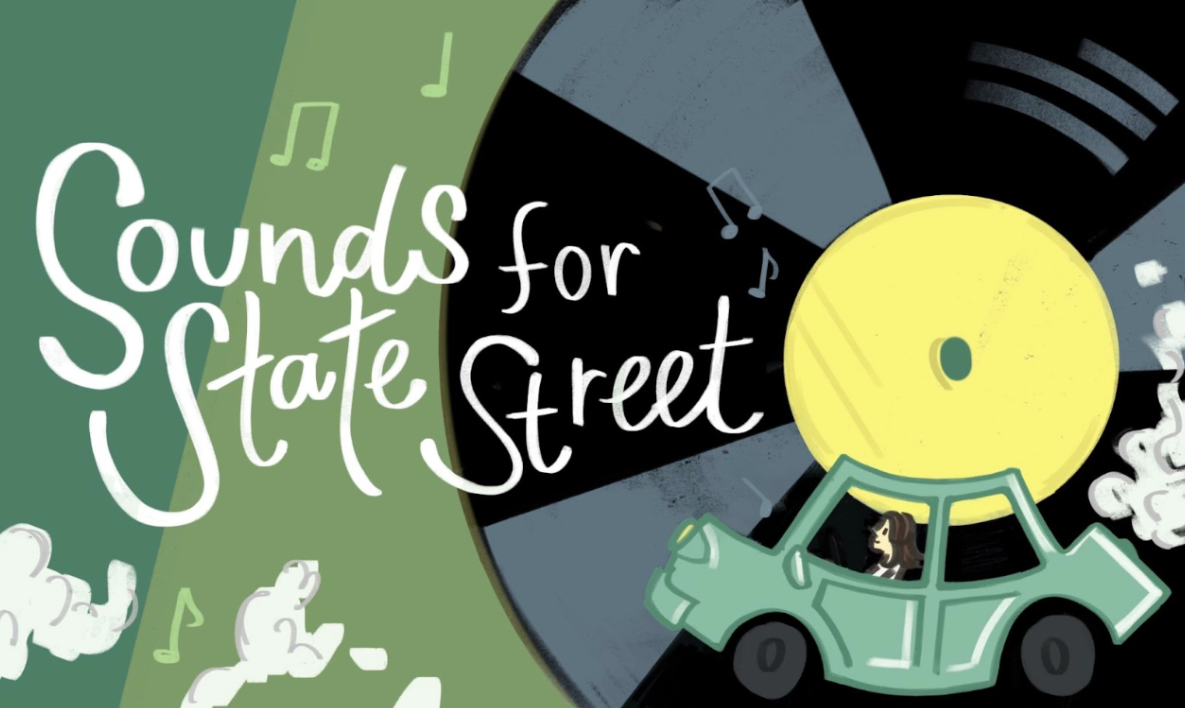




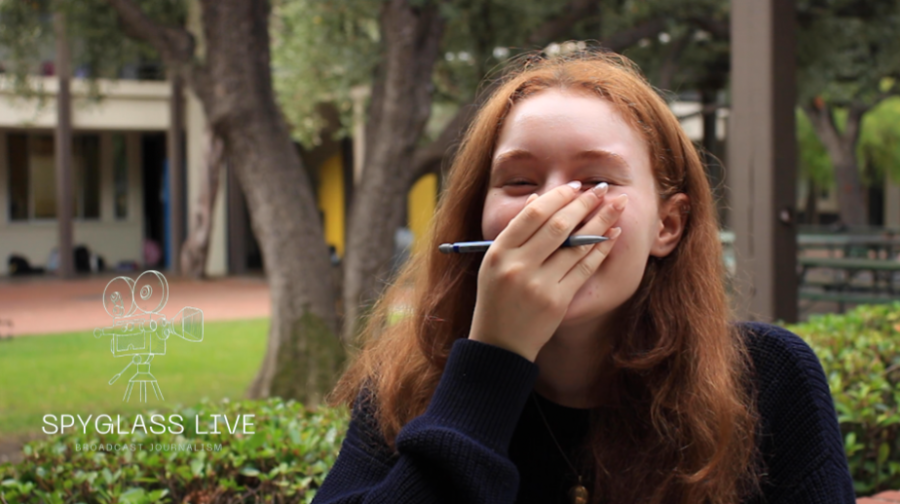













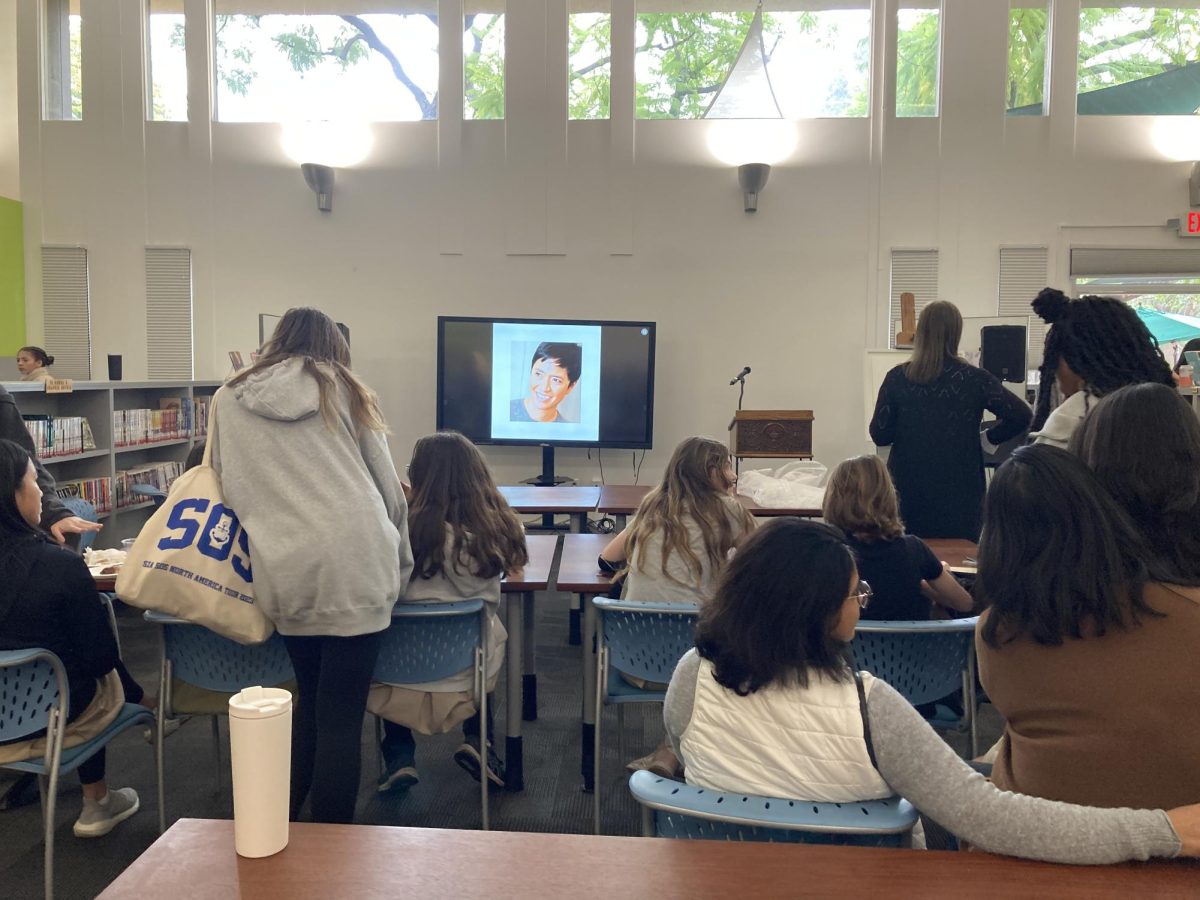







![[TTPD] has the more story-like poetic lyrics of folklore/evermore with her classic pop instrumental and production, so it feels very “her” to me. Like a culmination of everything she’s done to get to where she is now, comments Eliza L. 25](https://westridgespyglass.org/wp-content/uploads/2024/05/19swift-arrival-qfgw-articleLarge.jpg-598x600.webp)


